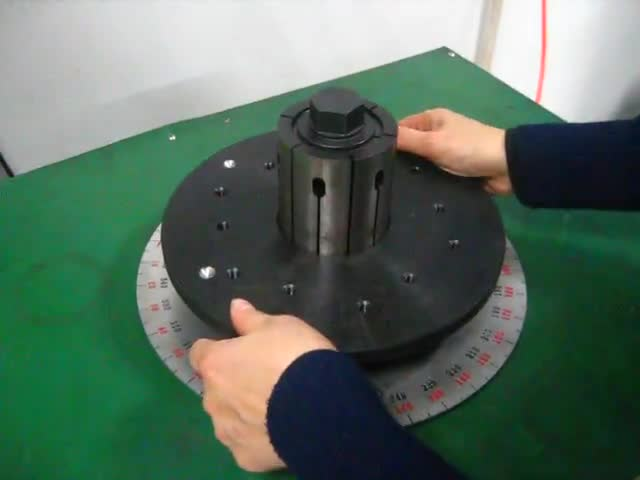What are the commonly used terms for balancing machines? Many customers who need to perform dynamic balancing purchase equipment and the operators are not familiar with it, which leads to many problems and economic losses. In severe cases, it can also cause safety hazards. Previously, through our article, we have learned about the "Dynamic Balancing Technology and Methods for Different Rotors of Balancing Machines". Today, we will mainly share that proficiency in using dynamic balancing machines requires familiarity with commonly used terminology.

1. Unbalance:
The magnitude of the imbalance on a certain plane of the rotor does not involve the angular position of the uneven angle balance. It is equal to the product of the unbalanced mass and its center of mass to the rotor axis, and the unit of the unbalanced quantity is g.mm or g.cm, commonly known as the "weight diameter product".
2. Unbalanced phase
The angle value of the unbalanced mass on a certain plane of the rotor relative to a given polar coordinate.
3. Unbalance
The unbalance of the rotor per unit mass, expressed in grams per kilogram. Equivalent to the mass eccentricity of the rotor during static imbalance, unit: μ M.
4. Initial unbalance
The amount of imbalance present on the rotor before balancing.
5. Allowable Unbalance (also known as Balance Tolerance)
The allowable residual unbalance of the rotor to ensure the normal operation of the Rotor machine.
6. Remaining Unbalance
The remaining imbalance on the rotor after balance correction.
7. Correction radius
The distance from the centroid of the corrected mass on the correction plane to the rotor axis is generally expressed in millimeters.
A balancing machine is an instrument used to measure the imbalance of a rotor, which is corrected based on its measurement results to improve the mass distribution of the balanced rotor and reduce the vibration of the journal or the force acting on the bearing during rotor operation to a specified range.

1. Unbalance:
The magnitude of the imbalance on a certain plane of the rotor does not involve the angular position of the uneven angle balance. It is equal to the product of the unbalanced mass and its center of mass to the rotor axis, and the unit of the unbalanced quantity is g.mm or g.cm, commonly known as the "weight diameter product".
2. Unbalanced phase
The angle value of the unbalanced mass on a certain plane of the rotor relative to a given polar coordinate.
3. Unbalance
The unbalance of the rotor per unit mass, expressed in grams per kilogram. Equivalent to the mass eccentricity of the rotor during static imbalance, unit: μ M.
4. Initial unbalance
The amount of imbalance present on the rotor before balancing.
5. Allowable Unbalance (also known as Balance Tolerance)
The allowable residual unbalance of the rotor to ensure the normal operation of the Rotor machine.
6. Remaining Unbalance
The remaining imbalance on the rotor after balance correction.
7. Correction radius
The distance from the centroid of the corrected mass on the correction plane to the rotor axis is generally expressed in millimeters.
A balancing machine is an instrument used to measure the imbalance of a rotor, which is corrected based on its measurement results to improve the mass distribution of the balanced rotor and reduce the vibration of the journal or the force acting on the bearing during rotor operation to a specified range.
211 browse
